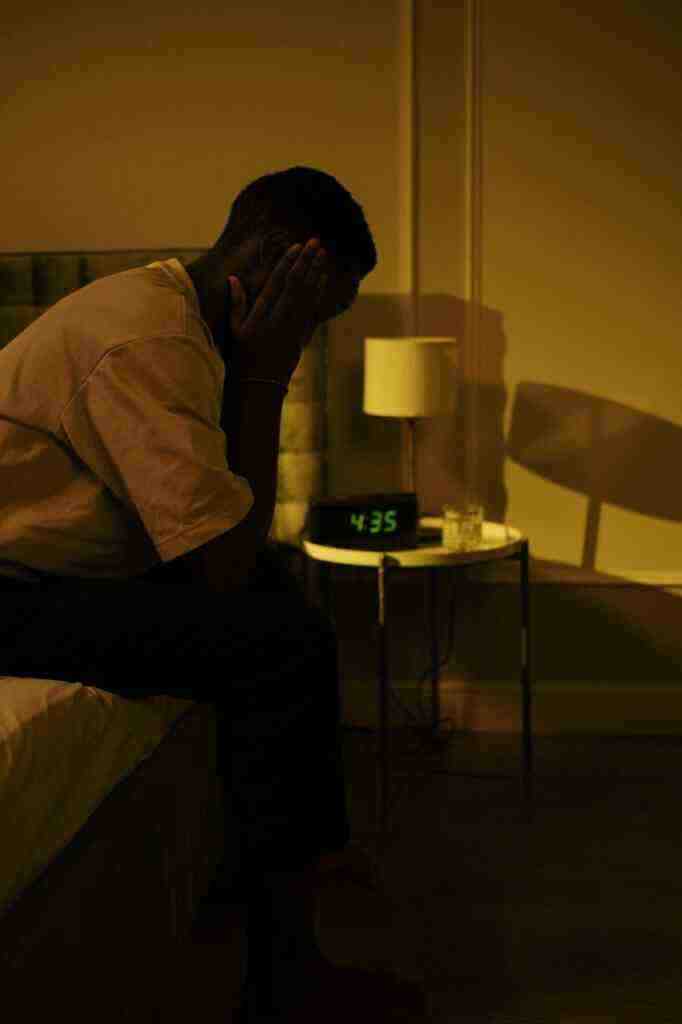The Looming Shadow of the Doomsday Clock: A Journey Through Existential Threats and the Quest for Survival
Introduction: Unveiling the Doomsday Clock’s Sinister Tick
In the realm of global affairs, the Doomsday Clock stands as a stark symbol of humanity’s precarious existence. Conceived by the Bulletin of the Atomic Scientists (BAS), this metaphorical timepiece serves as a chilling reminder of the imminent threats that could bring about our downfall. As we approach the year 2024, the suspense intensifies, and the question arises: How close are we to midnight – the symbolic hour of humankind’s self-destruction? This comprehensive analysis delves into the intricacies of the Doomsday Clock, exploring the factors that influence its movement, the current state of existential threats, and the collective efforts to push back against impending doom.
The Doomsday Clock: A History of Dire Warnings
Since its inception in 1947, the Doomsday Clock has served as a barometer of global stability, reflecting the ever-changing landscape of threats to humanity’s survival. Initially set at seven minutes to midnight, the clock’s hands have fluctuated over the decades, inching closer to the apocalyptic hour during periods of heightened tension and receding when diplomatic efforts and international cooperation prevailed. The clock’s current position, a mere 90 seconds to midnight, represents the most precarious moment in human history, a stark reminder of the urgent need for collective action.
A Perfect Storm of Existential Threats: The Ticking Time Bomb
The decision to advance the Doomsday Clock to its current position in 2023 was driven by a confluence of existential threats, each posing a grave danger to our collective future. The specter of nuclear war, fueled by geopolitical tensions and the proliferation of nuclear weapons, looms large. Climate change, with its devastating impacts already being felt worldwide, continues to escalate, threatening ecosystems, livelihoods, and the very fabric of human civilization. Disruptive technologies, such as artificial intelligence (AI) and biotechnology, hold immense promise, yet their rapid advancement poses ethical dilemmas and potential unintended consequences that must be carefully navigated.
The Bulletin of the Atomic Scientists: Guardians of Time
The responsibility of setting the Doomsday Clock rests with the Bulletin of the Atomic Scientists, a non-profit organization comprised of renowned scientists, policymakers, and experts in various fields. This esteemed group convenes annually to assess the state of global affairs and determine whether the clock should be adjusted. Their decision is based on meticulous analysis of a wide range of factors, including the likelihood of nuclear war, the severity of climate change impacts, and the potential risks and benefits of disruptive technologies.
2024 Announcement: A Critical Juncture for Humanity
On Tuesday, January 23, 2024, the Bulletin of the Atomic Scientists will unveil its latest assessment of the Doomsday Clock. The announcement, featuring prominent experts including science educator Bill Nye, will be broadcast live on YouTube, allowing the world to witness this pivotal moment. The outcome could be a further advancement of the clock, a retraction, or a tense pause at the current 90 seconds to midnight. The fate of humanity hangs in the balance, and the clock’s ticking grows ever louder.
Existential Threats in Focus: A Deeper Dive
Nuclear Armageddon: The Sword of Damocles
The threat of nuclear war remains one of the most pressing existential concerns facing humanity. With nuclear-armed nations engaged in geopolitical rivalries, the risk of miscalculation or escalation is ever-present. The modernization of nuclear arsenals and the development of new delivery systems further heighten tensions. The consequences of a nuclear conflict would be catastrophic, potentially leading to widespread destruction, loss of life, and long-term environmental damage.
Climate Change: A Looming Catastrophe
The impacts of climate change are no longer distant threats but a tangible reality. Rising temperatures, extreme weather events, and sea-level rise are already causing widespread devastation. As the Earth’s climate system continues to warm, the frequency and severity of these events are projected to increase, threatening food security, water resources, and the stability of ecosystems. The window of opportunity to mitigate the worst effects of climate change is rapidly closing, and decisive action is urgently needed.
Disruptive Technologies: A Double-Edged Sword
Technological advancements, particularly in the fields of artificial intelligence, biotechnology, and cybertechnology, hold immense promise for addressing global challenges and improving human lives. However, these technologies also carry potential risks. AI systems, for example, can be biased or manipulated, leading to unfair outcomes. Biotechnology raises ethical concerns regarding gene editing and the creation of designer babies. Cyberattacks can disrupt critical infrastructure, compromise personal data, and even escalate international conflicts. Striking a balance between innovation and responsible development is crucial to harness the benefits of disruptive technologies while mitigating their potential harms.
Hope Amidst the Darkness: Efforts to Turn Back the Clock
Despite the daunting challenges facing humanity, there are glimmers of hope that can guide us toward a brighter future. Diplomatic efforts to reduce nuclear tensions and prevent the proliferation of nuclear weapons are ongoing. International agreements, such as the Paris Agreement on climate change, provide a framework for collective action to mitigate greenhouse gas emissions and transition to renewable energy sources. Ethical guidelines and regulatory frameworks are being developed to ensure the responsible development and use of disruptive technologies. These initiatives, while imperfect, represent a collective determination to avert catastrophe and steer the Doomsday Clock away from midnight.
Conclusion: A Call to Action for a United Humanity
The Doomsday Clock serves as a stark reminder of the fragility of our existence and the urgent need for collective action to address existential threats. As we approach the year 2024 announcement, the onus falls upon each and every one of us to demand action from our leaders, to support initiatives that promote peace, environmental sustainability, and responsible technology development. The future of humanity hangs in the balance, and it is only through unity, cooperation, and unwavering determination that we can push back against the encroaching darkness and secure a brighter tomorrow for generations to come.
